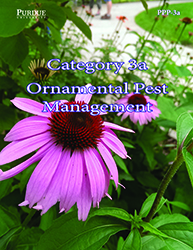 Product Code: PPP-3A
Product Code: PPP-3A
 Product Code: BP-39-W
Product Code: BP-39-W
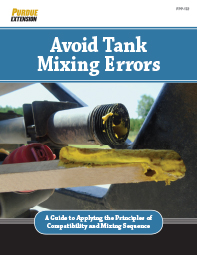 Product Code: PPP-122
Product Code: PPP-122
This publication describes how several factors influence product compatibility. It is important to understand these basic factors (including formulation, tank mixing order, and carrier type) to help you effectively co More...
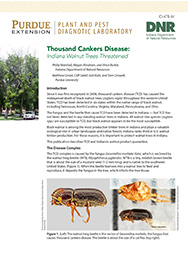 Product Code: ID-478-W
Product Code: ID-478-W
Thousand cankers disease (TCD) has killed many black walnut trees in the West, and the beetle that transmits the fungus has been detected in Indiana. This publication describes TCD and Indiana's walnut product quarant More...
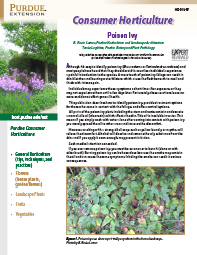 Product Code: HO-218-W
Product Code: HO-218-W
Format: PDF.
Pages: More...
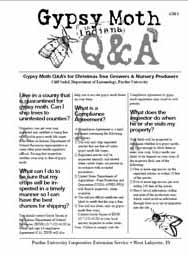 Product Code: GM-2-W
Product Code: GM-2-W
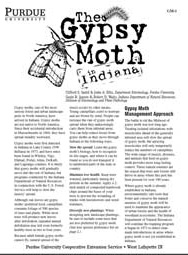 Product Code: GM-1-W
Product Code: GM-1-W
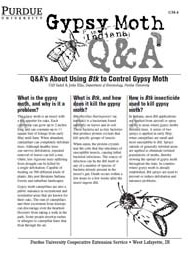 Product Code: GM-4-W
Product Code: GM-4-W
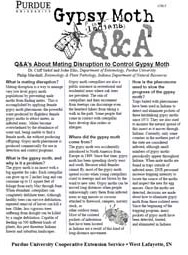 Product Code: GM-5-W
Product Code: GM-5-W
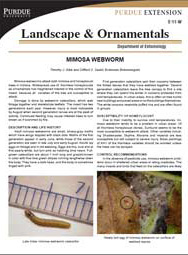 Product Code: E-11-W
Product Code: E-11-W
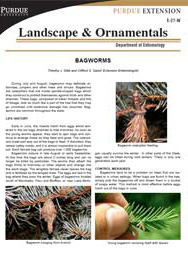 Product Code: E-27-W
Product Code: E-27-W
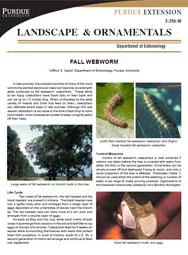 Product Code: E-255-W
Product Code: E-255-W
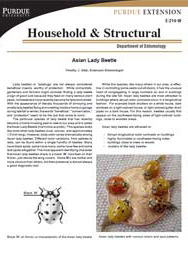 Product Code: E-214-W
Product Code: E-214-W
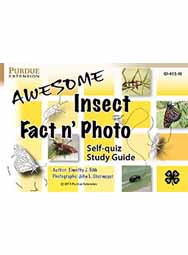 Product Code: ID-415-M
Product Code: ID-415-M
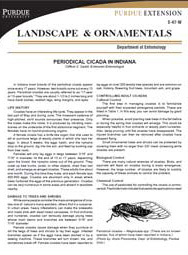 Product Code: E-47-W
Product Code: E-47-W
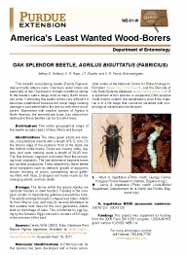 Product Code: WB-1-W
Product Code: WB-1-W
Fo More...
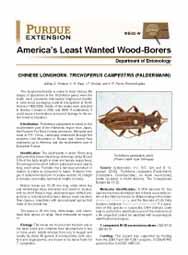 Product Code: WB-2-W
Product Code: WB-2-W
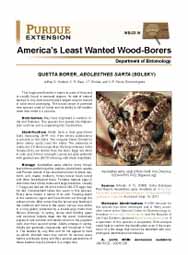 Product Code: WB-3-W
Product Code: WB-3-W
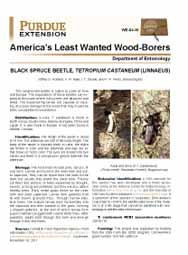 Product Code: WB-4-W
Product Code: WB-4-W
Fo More...
 Product Code: WB-5-W
Product Code: WB-5-W
Form More...
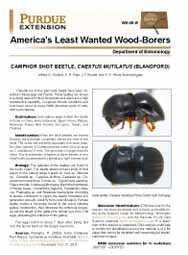 Product Code: WB-6-W
Product Code: WB-6-W
Format: P More...
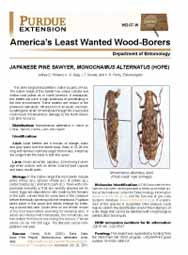 Product Code: WB-7-W
Product Code: WB-7-W
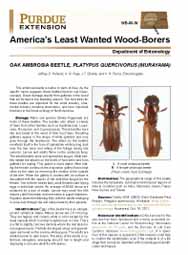 Product Code: WB-8-W
Product Code: WB-8-W
Format: More...
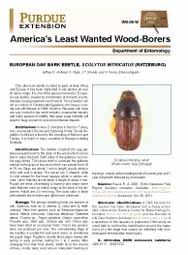 Product Code: WB-9-W
Product Code: WB-9-W
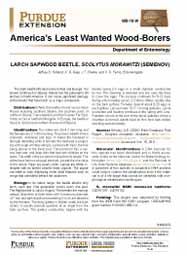 Product Code: WB-10-W
Product Code: WB-10-W
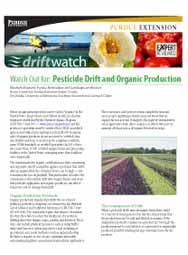 Product Code: DW-1-W
Product Code: DW-1-W
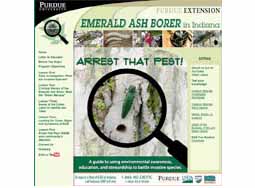 Product Code: 13-42-W
Product Code: 13-42-W
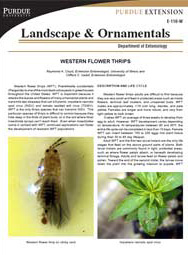 Product Code: E-110-W
Product Code: E-110-W
 Product Code: FNR-224-W
Product Code: FNR-224-W
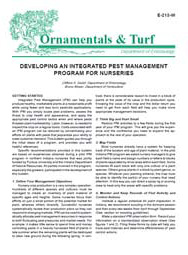 Product Code: E-213-W
Product Code: E-213-W
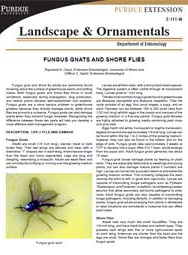 Product Code: E-111-W
Product Code: E-111-W
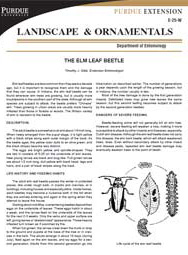 Product Code: E-25-W
Product Code: E-25-W
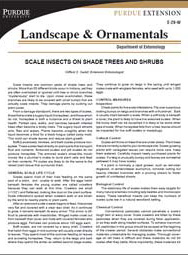 Product Code: E-29-W
Product Code: E-29-W
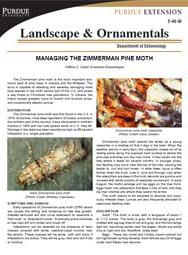 Product Code: E-40-W
Product Code: E-40-W
 Product Code: E-42-W
Product Code: E-42-W
 Product Code: E-45-W
Product Code: E-45-W
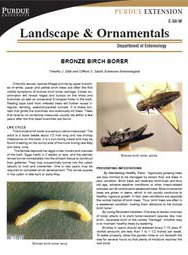 Product Code: E-50-W
Product Code: E-50-W
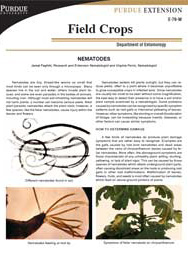 Product Code: E-79-W
Product Code: E-79-W
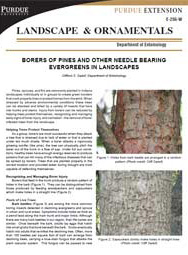 Product Code: E-256-W
Product Code: E-256-W
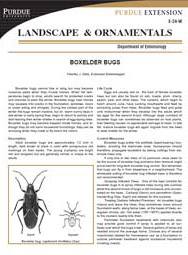 Product Code: E-24-W
Product Code: E-24-W
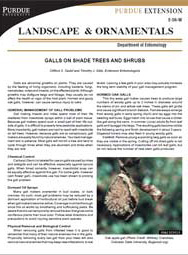 Product Code: E-56-W
Product Code: E-56-W
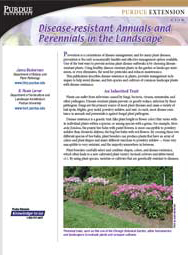 Product Code: ID-414-W
Product Code: ID-414-W
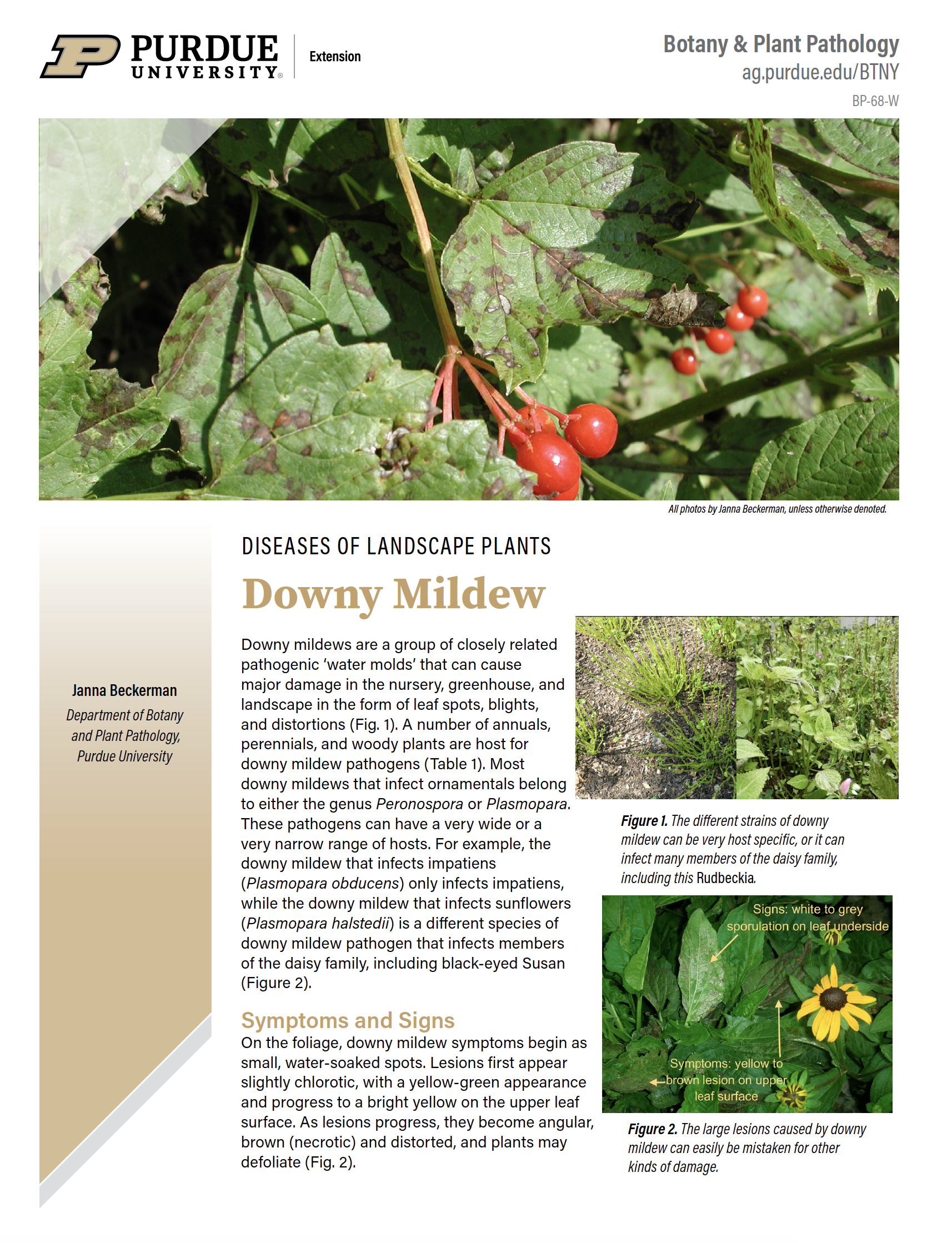 Product Code: BP-68-W
Product Code: BP-68-W
 Product Code: FNR-227-W
Product Code: FNR-227-W
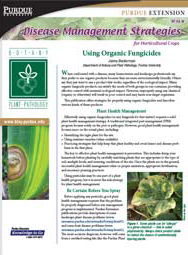 Product Code: BP-69-W
Product Code: BP-69-W
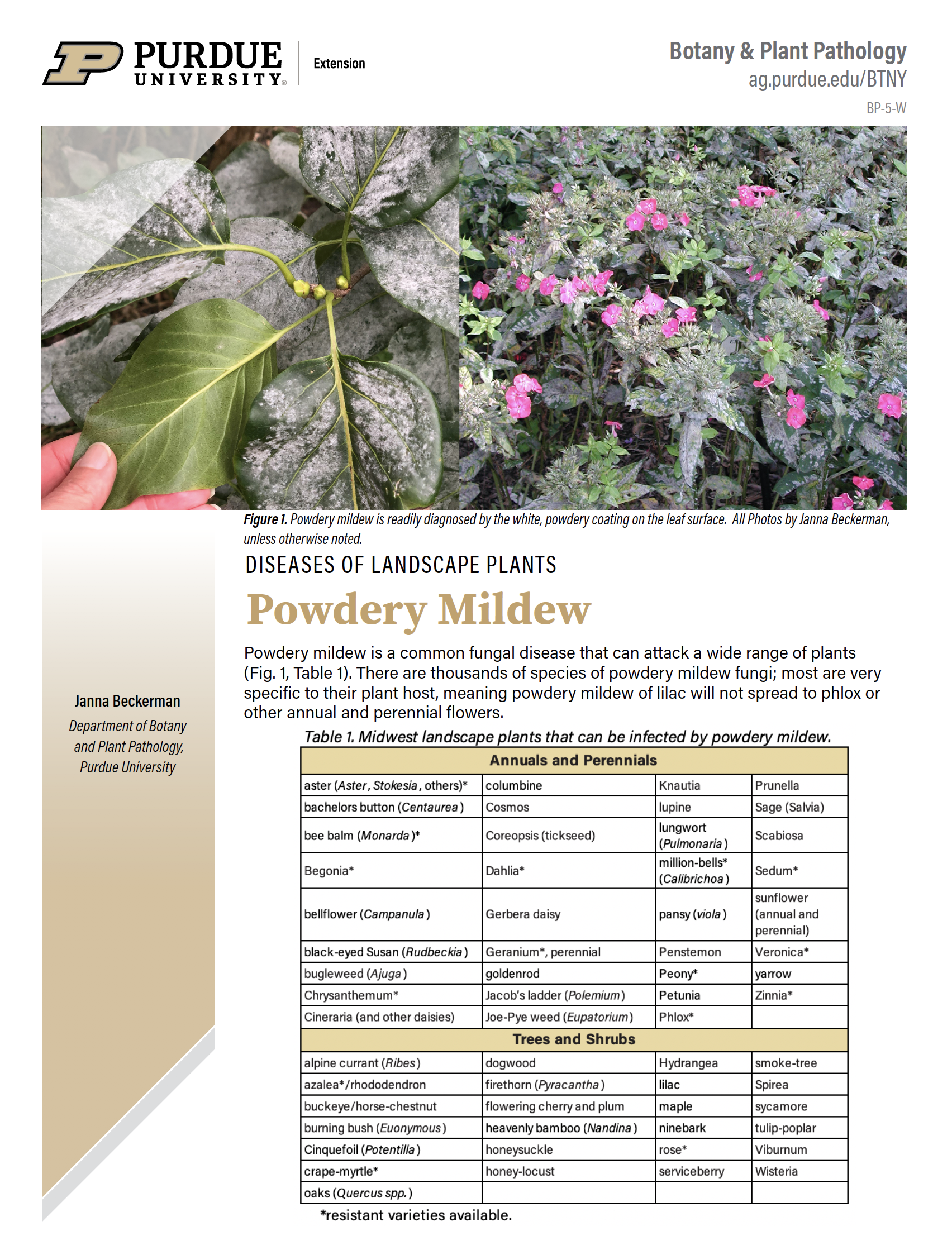 Product Code: BP-5-W
Product Code: BP-5-W
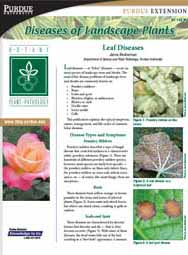 Product Code: BP-143-W
Product Code: BP-143-W
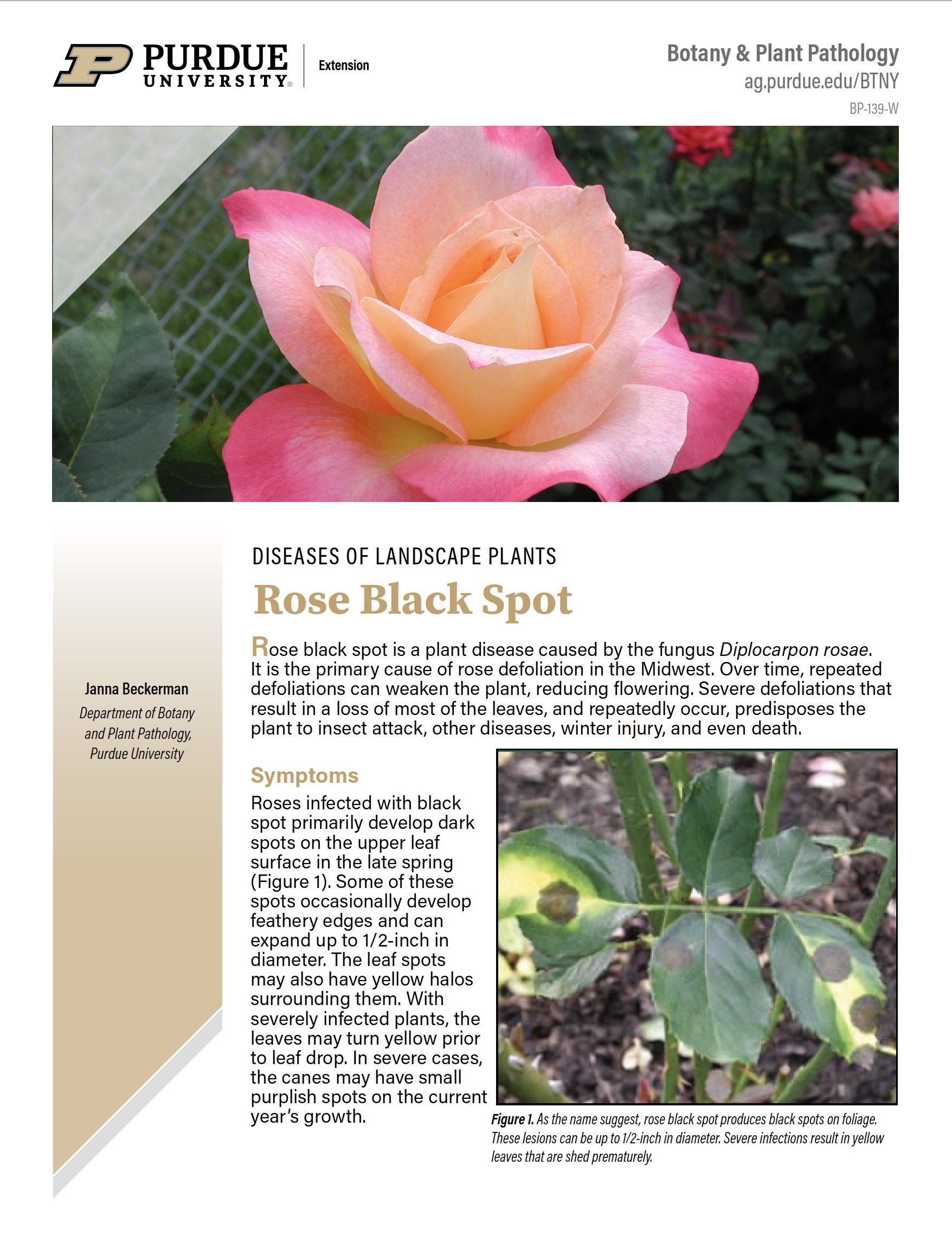 Product Code: BP-139-W
Product Code: BP-139-W
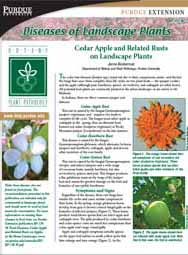 Product Code: BP-137-W
Product Code: BP-137-W
 Product Code: BP-1-W
Product Code: BP-1-W
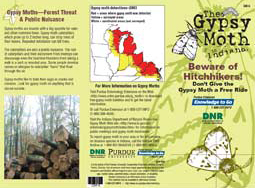 Product Code: GM-6-W
Product Code: GM-6-W
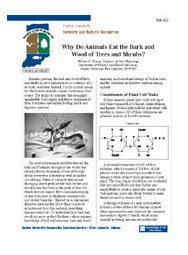 Product Code: FNR-203-W
Product Code: FNR-203-W
 Product Code: ID-217-W
Product Code: ID-217-W
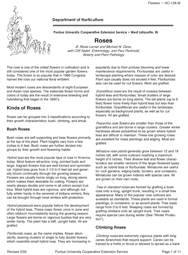 Product Code: HO-128-W
Product Code: HO-128-W
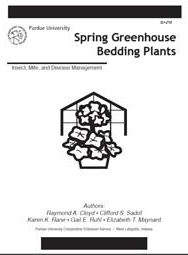 Product Code: ID-218-W
Product Code: ID-218-W